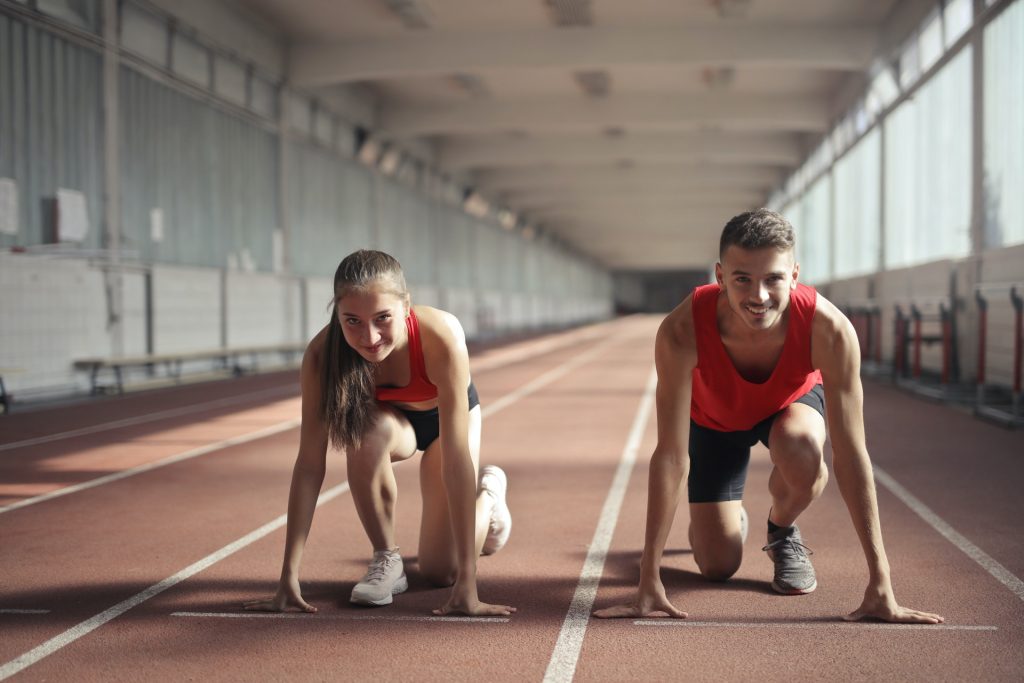
Researchers have found that having no audience present made men run slower, but helped women run faster.
The new study by Martin Luther University Halle-Wittenberg (MLU) examined the effect of an audience on performance of athletes at the 2020 Biathlon World Cup. According to the new analysis, women also performed better in complex tasks, such as shooting, when an audience was present while men did not.
According to social facilitation theory, a person’s performance is impacted if other people watch them. Merely having an audience improves the performance of simple tasks, especially those requiring stamina: and it is surprisingly hard to circumvent. One study showed that ‘virtual’ bystanders did not have the same effect as having real bystanders in firefighter’s performance in training tasks.
“The studies have been relatively clear so far, but the results are more heterogeneous when it comes to more complex coordinative tasks,” explains Amelie Heinrich from the Institute of Sports Science at MLU. Generally the assumption is that performance tends to drop when an audience is present.
Heinrich is a sports psychology expert who coaches Germany’s junior biathlon squad, and took advantage of the unique conditions created by COVID. “The pandemic offers a unique opportunity to study an audience’s influence outside of experimental conditions in the real world,” said Heinrich, who compared the running times and shooting successes of male and female biathletes from the 2018/2019 season with their performances in the 2020 season in the sprint and mass start events.
“The men’s results were as expected: they ran faster with an audience present, but performed more poorly in shooting,” noted Heinrich. Cross-country skiing mainly requires stamina while shooting is a coordinative task.
“Interestingly, it was the other way around for women.” With spectators present they ran slower, but on average, it took them an entire second less to make their shot and, at least in the sprint, their scoring performance was five per cent higher. The researchers argue that it is not just due to fluctuation in the athletes’ performance; with 83 (sprint) and 34 (mass start) World Cup biathletes, the study has a good basis for evidence, and the same tendency was seen in both disciplines.
“To our knowledge, this is the first time that a study was able to show a different effect of the audience on men and women,” noted Professor Oliver Stoll, head of the sports psychology section at MLU. Most previous research focused on men. “Our study raises questions about the generalisability of the social facilitation theory and indicates there might be a previously unknown difference between men and women,” said Heinrich, adding that more research in sports with coordination and stamina is needed.
Thus far, the researchers can only speculate about the reasons for the possible gender-specific performance differences in response to audiences or the lack of. “It is possible that gender-specific stereotypes play a role,” said Heinrich. Men have a stereotype that they should be strong, while studies have shown that women are more sensitive to feedback. In any case, Heinrich concluded, this underscores the need to account for gender in studying psychological effects.
Source: Martin-Luther-Universität Halle-Wittenberg
Journal information: Heinrich A. et al. Selection bias in social facilitation theory? Audience effects on elite biathletes’ performance are gender-specific. Psychology of Sports and Exercise (2021). Doi: 10.1016/j.psychsport.2021.101943

